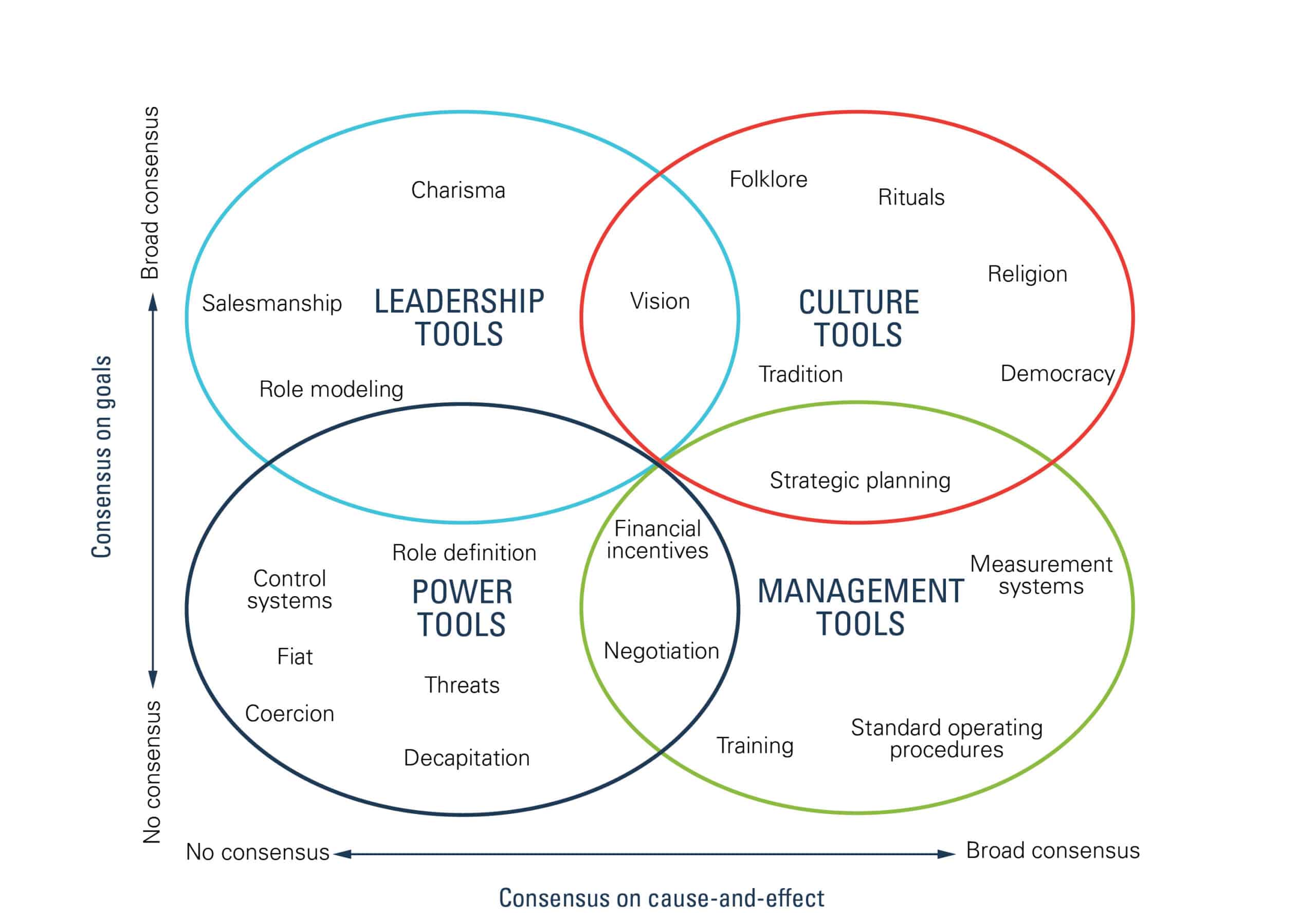Surveying the long tenures and transformational impact of higher education leaders like Freeman Hrabowski, Michael Crow, Paul LeBlanc, Richard Levin and Pat McGuire surfaces a daunting reality.
Those individuals’ time in the presidencies have been measured in decades. Instituting and solidifying lasting change at most colleges and universities is not an overnight phenomenon.
Yet, thanks to mounting pressures from a variety of stakeholders, the average college president lasts less than six years, according to American Council on Education’s (ACE) recently released American College President Study. That’s down from nearly nine years in 2006.
The turnover is at a time when more institutions are facing more profound crises and, in some cases, existential challenges than in recent memory.
In today’s volatile postsecondary arena, what does it take to not only survive but also thrive, to last long enough in a presidency, and successfully transform an institution to better serve its students?
In a recent white paper, “How Leaders Can Successfully Manage Change in Colleges and Universities,” I explore four case studies of presidents who served at least a decade at their institution and led significant institutional changes: Richard Freeland transforming Northeastern from a commuter school to a top 100 ranked university; Richard Levin launching a new, first-of-its-kind, liberal arts college in Singapore, Yale-NUS; and Paul LeBlanc and Helen Drinan using online learning to save and grow Southern New Hampshire University (SNHU) and Simmons University, respectively.
Using the Tools of Cooperation and Change theory, developed by professors Howard Stevenson and Clayton Christensen, my colleagues and I analyzed these four individuals’ efforts to understand how they were able to create such changes, even when they weren’t initially popular. Understanding their success has much to teach leaders about how to manage innovation and change. Specifically, what tools of leadership and management a president should use and in what circumstance they should use them.
Choosing the right tools for the right circumstance
One of the blessings of leadership and management is that there are countless tools to help move organizations forward: from vision statements to tradition and from professional development to strategic planning and financial incentives. The Tools of Cooperation theory groups these tools into four different categories: leadership tools, power tools, management tools, and culture tools.
The curse is that most of these tools don’t work in most circumstances. If you use the wrong set of tools in the wrong circumstance in institutions that manage themselves through shared governance, your tenure as a college president is likely to be markedly shorter, even if your vision for innovation and change is the right one.
To use the right tools and effectively manage change, presidents must understand the level of agreement in their campus communities along two dimensions.
They must understand how much the campus agrees around the goals as they apply to any given innovation (consensus on goals). And they must pay attention to whether the community shares in its understanding of cause-and-effect—or what actions are likely to lead to what results (consensus on cause-and-effect).

Once presidents understand that level of agreement, then they can determine which leadership and management tools to wield to move the organization to adopt the change they desire effectively.
Tools of Cooperation in action
When LeBlanc entered the presidency at SNHU in 2003, the institution was on the brink of failure. LeBlanc recognized the value of the struggling institution’s online program but also saw that it couldn’t grow unless it was separated from the rest of the University. Seeing that there was no agreement inside the institution about its value, LeBlanc used what the theory calls power tools—namely fiat and role definition—to separate the online unit from the rest of the institution and allow it to innovate and grow. Had he tried other tools like charismatic and inspirational vision statements or financial incentives, he wouldn’t have received the buy-in to make the moves he needed to.
Similarly, when Freeland took over Northeastern University in 1996, according to an article in Boston magazine, the university was a “third-tier, blue-collar, commuter-based university” with crumbling parking lots and budget cutbacks that had caused the layoff of 875 employees in the early 1990s. It was ranked number 162 on the U.S. News & World Report “Best Colleges” rankings.
But Freeland saw an opportunity. If he could just help Northeastern climb the U.S. News college rankings into the top 100, he believed he could boost the university’s fortunes by charging and attracting significantly more money and allowing all stakeholders to do more. Although a great many faculty questioned the validity of the goal, they agreed that the steps he outlined would change the university’s ranking.
Freeland accordingly used some of what the theory calls management tools—namely measurement systems to help direct investments into things like boosting student success and application volume, lowering class size, improving reputation, and so forth—to game the rankings and crack into the top 100. Within a decade, the institution had been successful, as it debuted in the top 100 at number 98.
Had Freeland instead tried to inspire the faculty and staff to make the moves they did, rallied them behind the traditions of Northeastern, or tried top-down leadership moves, it’s unlikely his tenure would have lasted a decade or that Northeastern would have made the moves it did.
And that’s the rub.
If presidents want to last in their roles and make meaningful, lasting changes at their institutions, then using the right tools of leadership and management in the right circumstance is the make-or-break difference.
In other words, the best leadership is an adaptive one in which leaders adjust their approaches and the tools to support them based on what’s most likely to work within their college or university at that point in time. Once this practice is mastered, the reality of successful, long-lasting higher-ed presidential tenure becomes a lot less daunting and a lot more inspiring.



